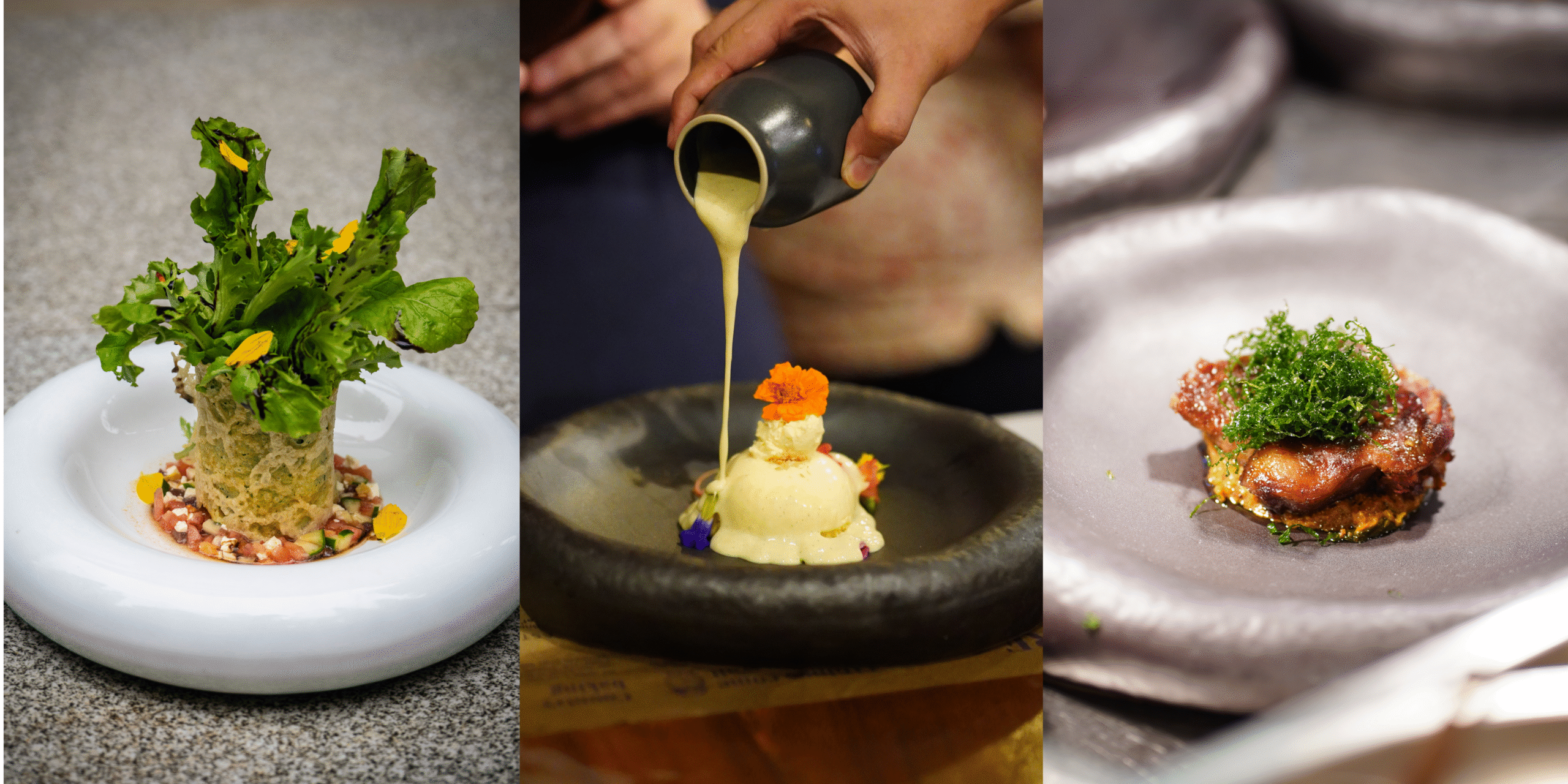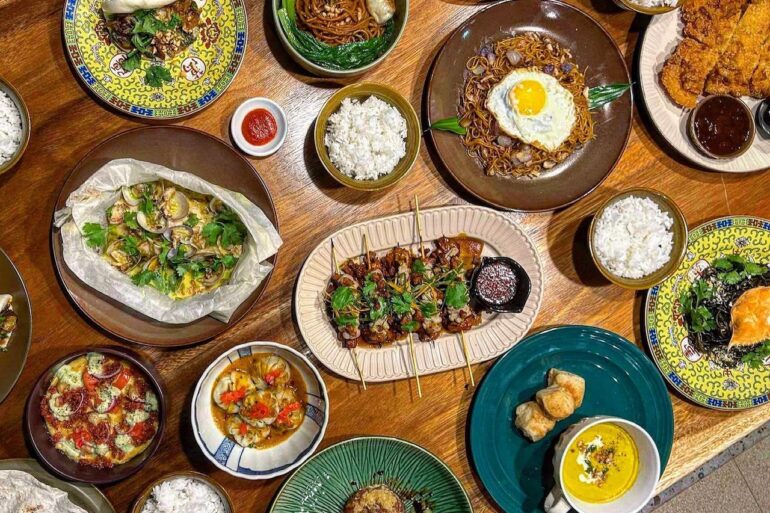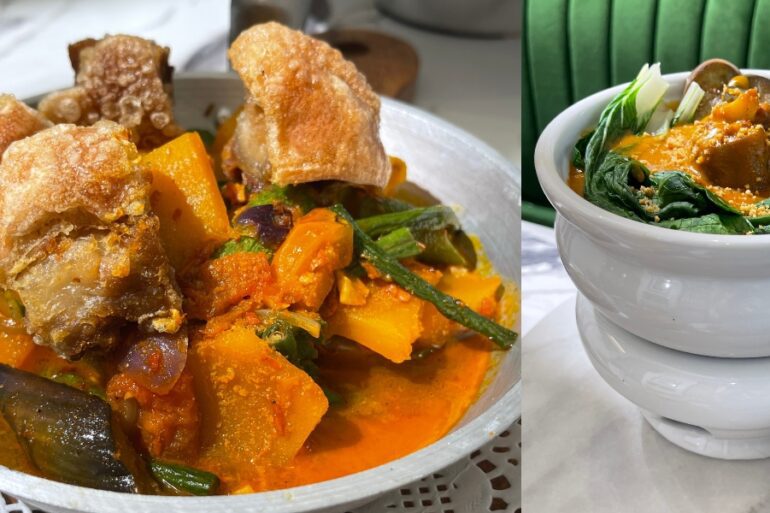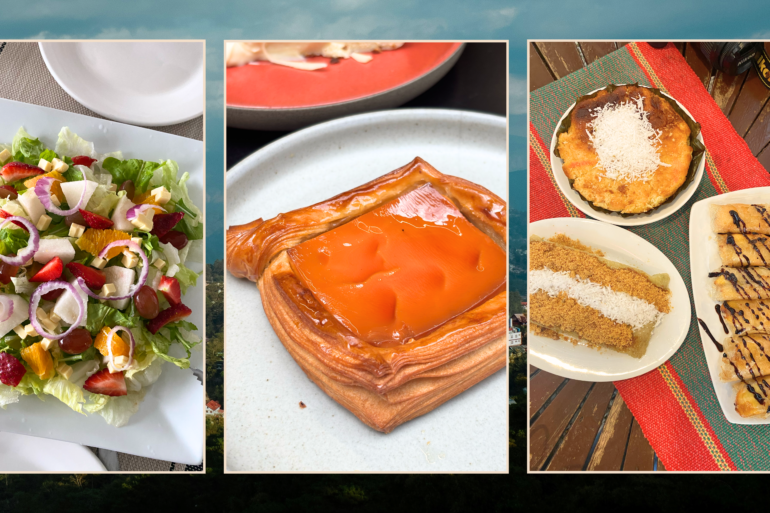If next year’s festival runs again, I’m bringing a bigger bag.
I’ve been to Tagaytay so many times I’ve stopped counting. But this was my first time attending the Tagaytay Food Festival and this was one weekend that poured non-stop. Typhoon Crising just made a landfall in Luzon and it rained the entire time. Fog everywhere. No views of Taal. And since my hometown in Malabon was submerged in flood, I ended up extending an extra night.
It doesn’t sound ideal but to be honest, it was really worth it.
Held from July 18 to 20 at Taal Vista Hotel, the second edition of Tagaytay Food Festival brought together chefs, farmers, and food lovers for three days of events which consisted of dinners, talks, tastings, and a produce market that makes you question supermarket prices forever. And despite the weather, rooms were full, conversations were flowing, and the food, oh, don’t even get me started.
The market made me panic buy (in a good way)
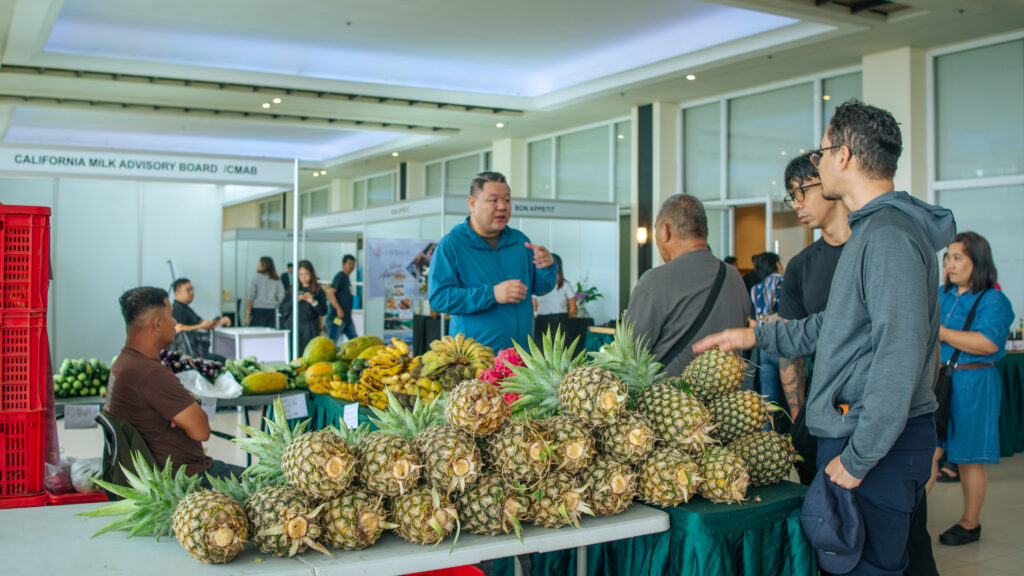
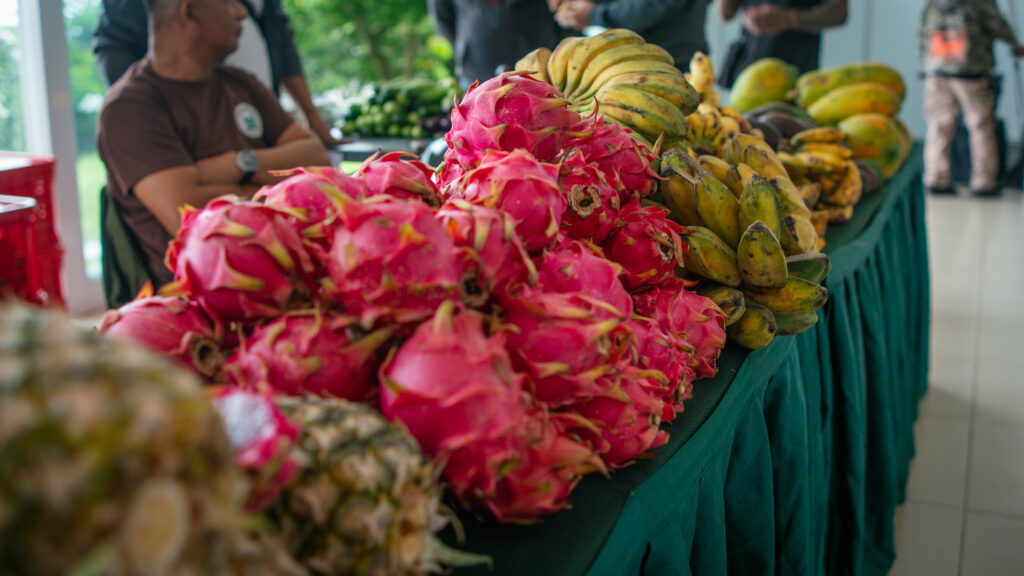
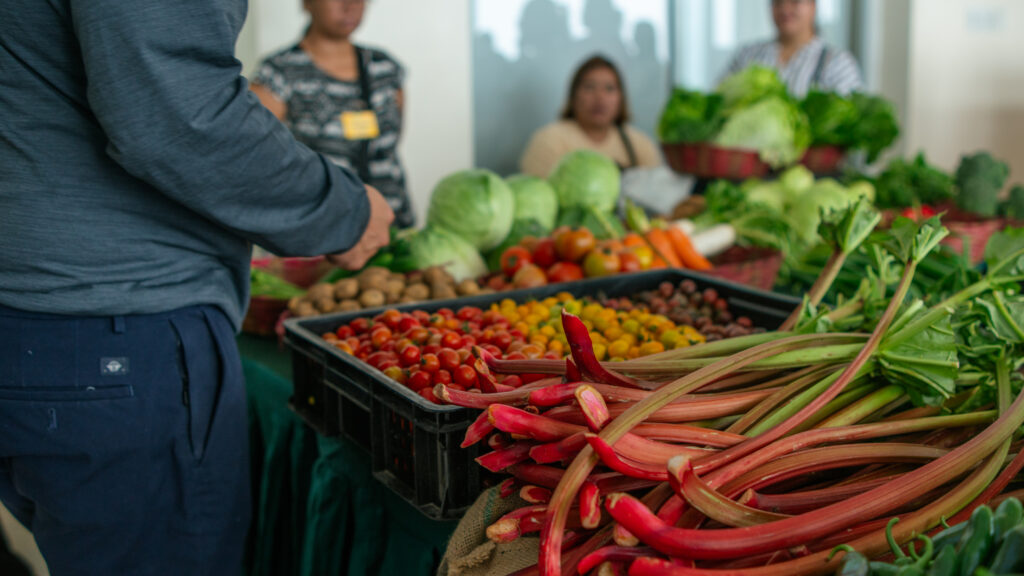
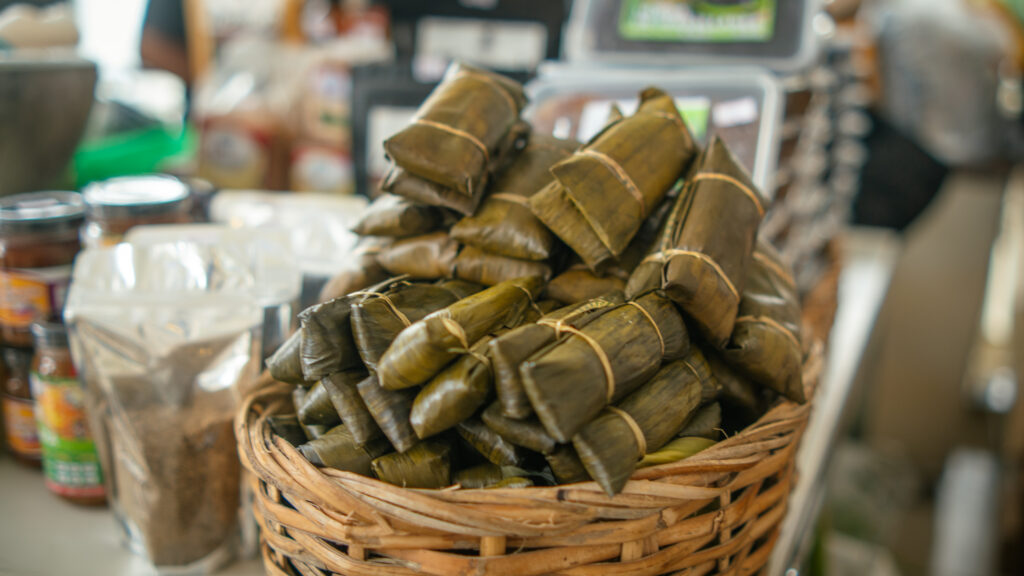
One of the first things I checked out was the trade fair. I thought I’d just take a look, maybe grab a snack. But the prices were wild. I got a kilo of santol for P30. I ended up paying P50 just because it felt unfairly cheap. Dragonfruit was P106 per kilo. Corn and avocados were around P150. I left with a full bag of fruits and vegetables and had to buy another bag just to haul everything back to Manila. I was basically lugging around a traveling palengke at that point.
Related story: Tagaytay Food Festival 2025: What to eat, who’s cooking, and why it matters
Related story: A tale of two palates: An eight-course story of two chefs
The Grand Tasting
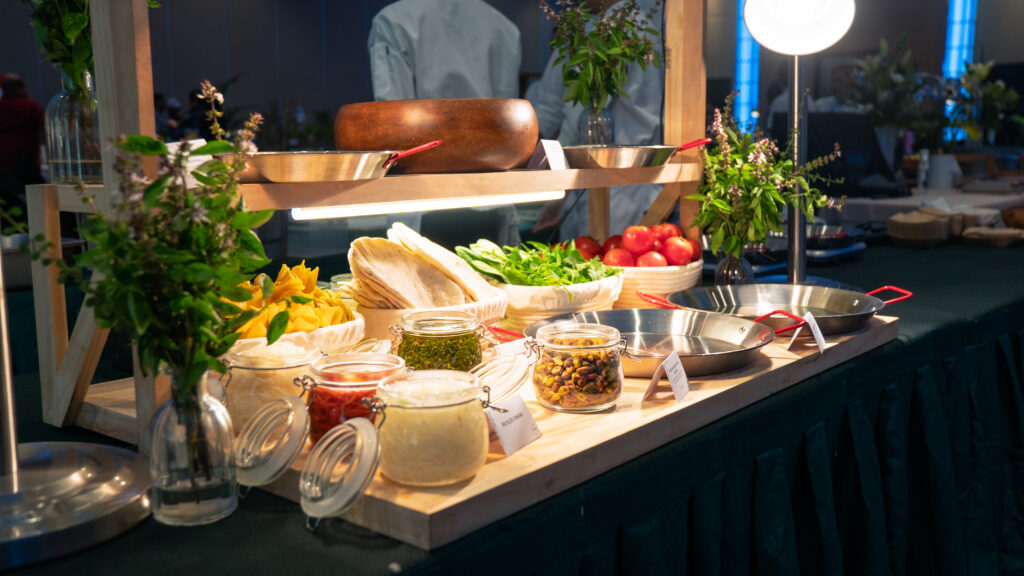
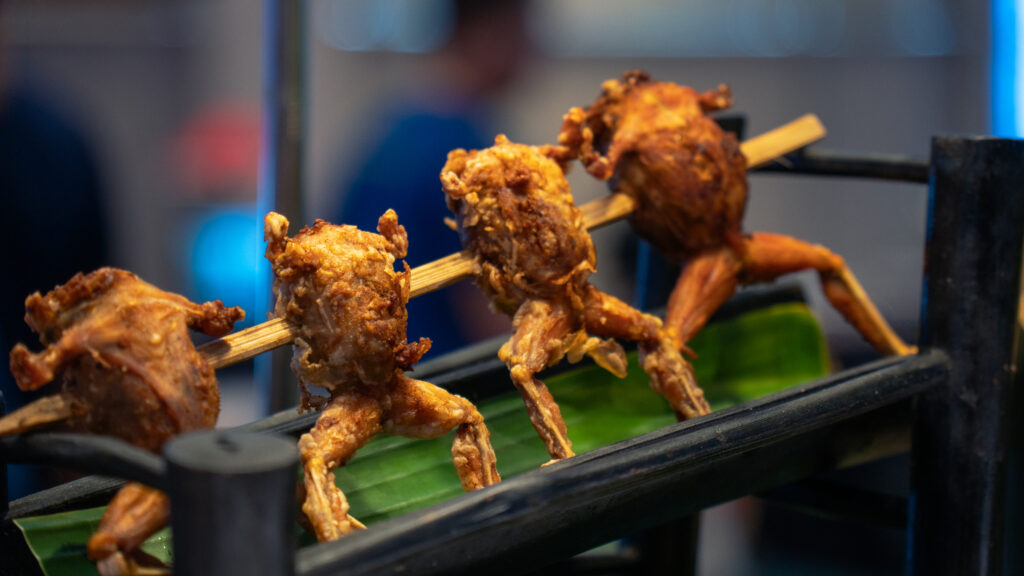
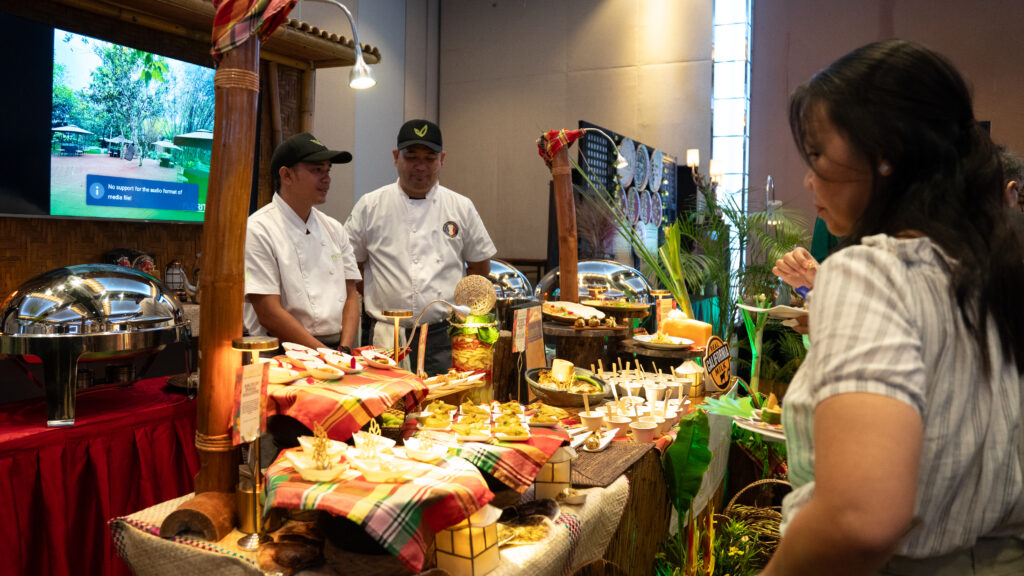
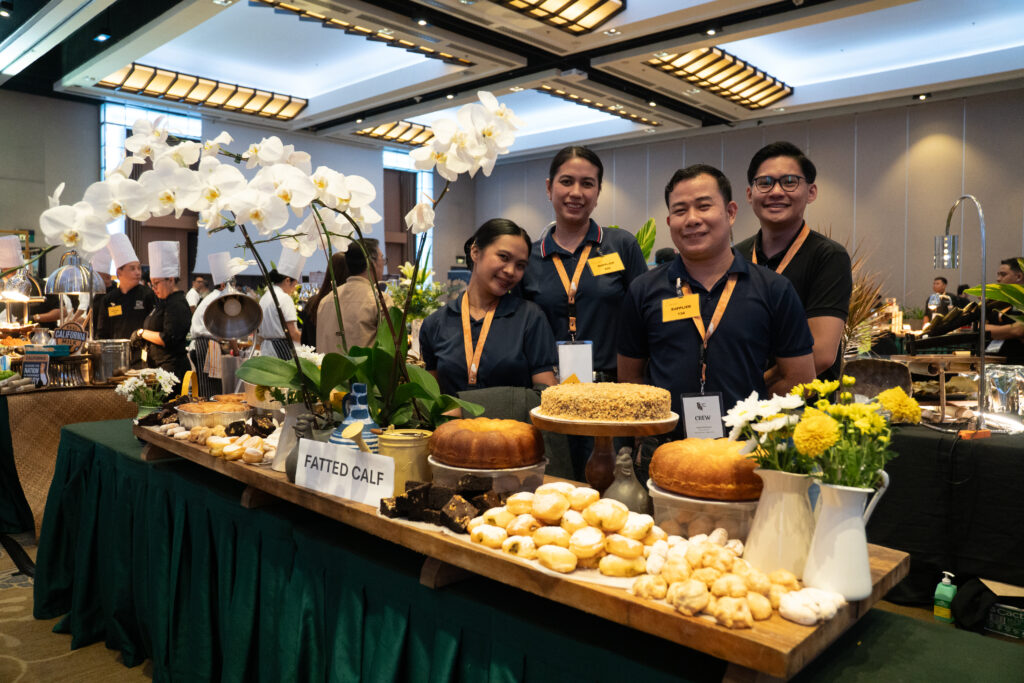
On Friday night, the Grand Tasting kicked things off. Farmer’s Table’s Cotton Candy Tawilis was my favorite bite of the night—sweet, salty, crispy, weird, and absolutely delicious (I had two). The strawberry brioche doughnuts from The Fatted Calf were soft and buttery (again, I had two) and the butter rhum cake paired with chocolate peanut butter torte? I know I sound dramatic but that combo was heaven. Genuinely one of the best desserts I’ve had in a while.
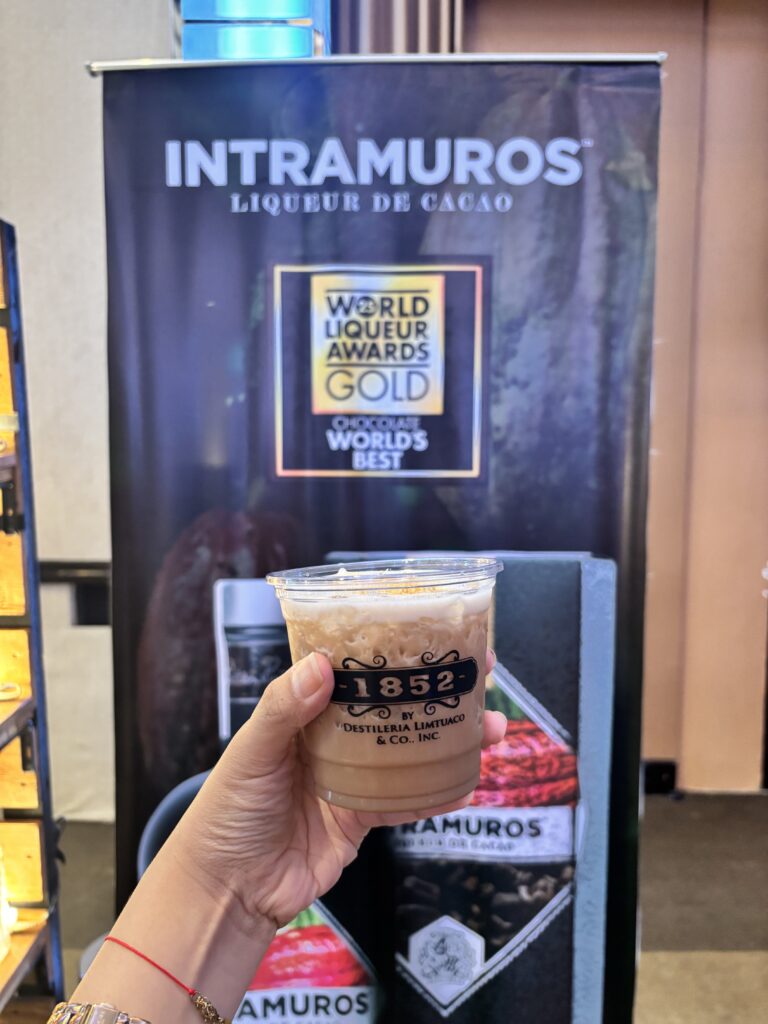
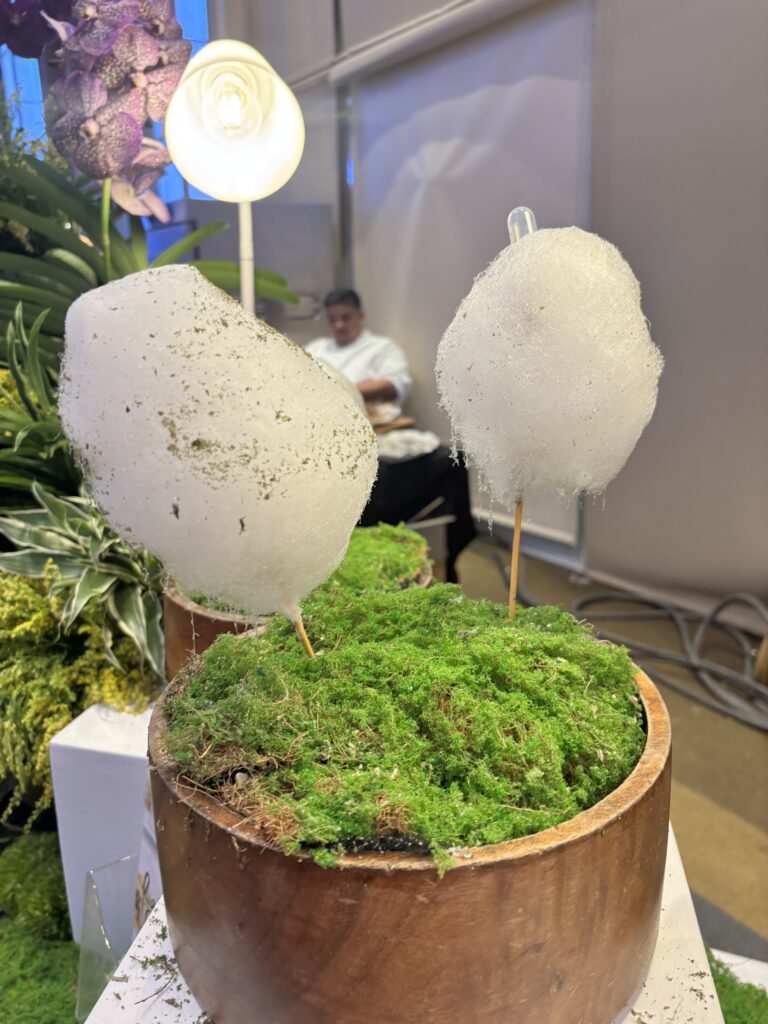
I also tried the 2025 World’s Best Chocolate Liqueur (the Intramuros Liquer De Cacao) from Destileria Limtuaco. Just a small sip, but very much a “Wait, that’s good” moment.
The Food Talks

I only got to sit in for the first part of the Food Talks, but the sessions I caught left an impression. The Hapag chefs, Thirdy Dolatre and Kevin Navoa, along with Stephane Duhesme of Metiz, shared how pushing Filipino cuisine forward means understanding our food’s history, visiting the farmers, and learning from the people who actually cook with these ingredients every day.
Chaela Dee of Toyo Eatery and Ramon Uy of Fresh Start also spoke about how the food industry can’t just aim for sustainability anymore—it has to be regenerative. That restaurants can do more than just reduce waste, they can help rebuild systems and support communities, too.
Related story: A taste of the past, with a side of nostalgia
Related story: ‘Artful Hands, Open Hearts’: A delicious night of art and giving
Fatted Calf x Restaurant Fiz collab dinner
Saturday dinner at The Fatted Calf was the highlight of the whole weekend. It was a cross-cultural collaboration between chefs Rhea and Jayjay SyCip and chef Hafizzul Hashim of Michelin-starred Restaurant Fiz in Singapore, and despite the terrible weather, the room was full and the kitchen was busy.
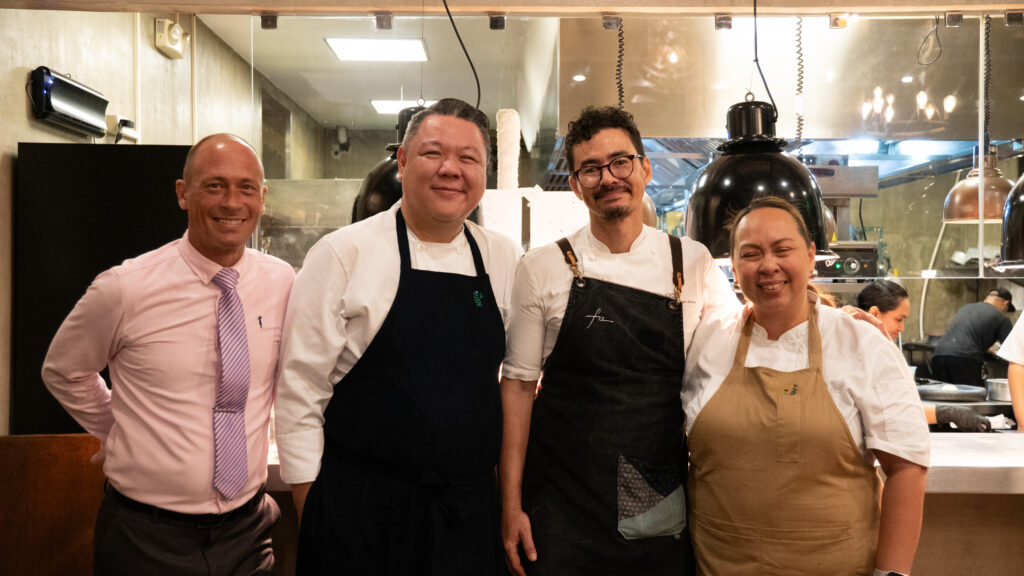
It opened with a kaya toast topped with caviar, a kinilaw-style tartlet, crispy chicken bao, and fish skin with milkfish mousse and ginger vinaigrette. Every bite felt like a thoughtful exchange—Filipino and Malay flavors meeting somewhere in the middle.
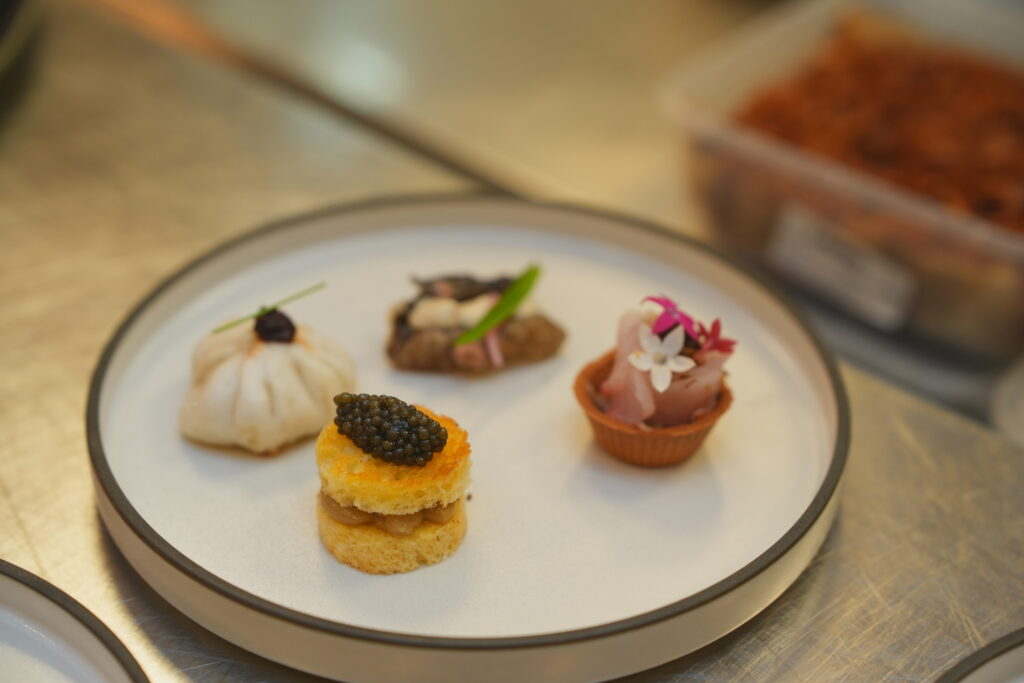
The version of rellenong alimasag with curry and aligue emulsion was spicy, comforting, and one of the most memorable dishes for me. The sinigang was also layered and herby, with a sourness that came from balimbing and coriander.

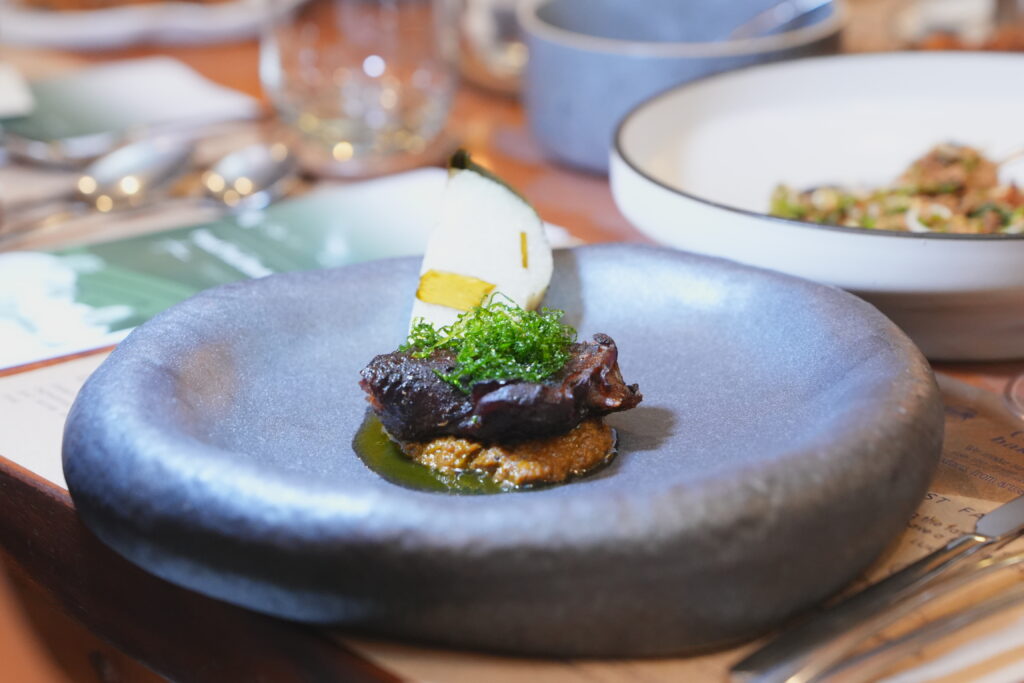
By the fourth course, things got heavier. The Duck Rendang came out hidang-style, which basically means everything is served all at once on the table, like a shared feast. Alongside the duck were a full set of traditional sides: lemang, a sticky rice cooked in bamboo; urap, a mix of blanched vegetables tossed in spiced grated coconut; gulai pucuk ubi, a coconut-based stew made with cassava leaves; sambal ijo, a green chili paste; and gudeg. Surprisingly, it wasn’t the duck that stole my heart, it was the gudeg. It’s a traditional Indonesian dish made with jackfruit and coconut, and it was sweet, rich, and so comforting. Honestly, it tasted like a home-cooked dish.
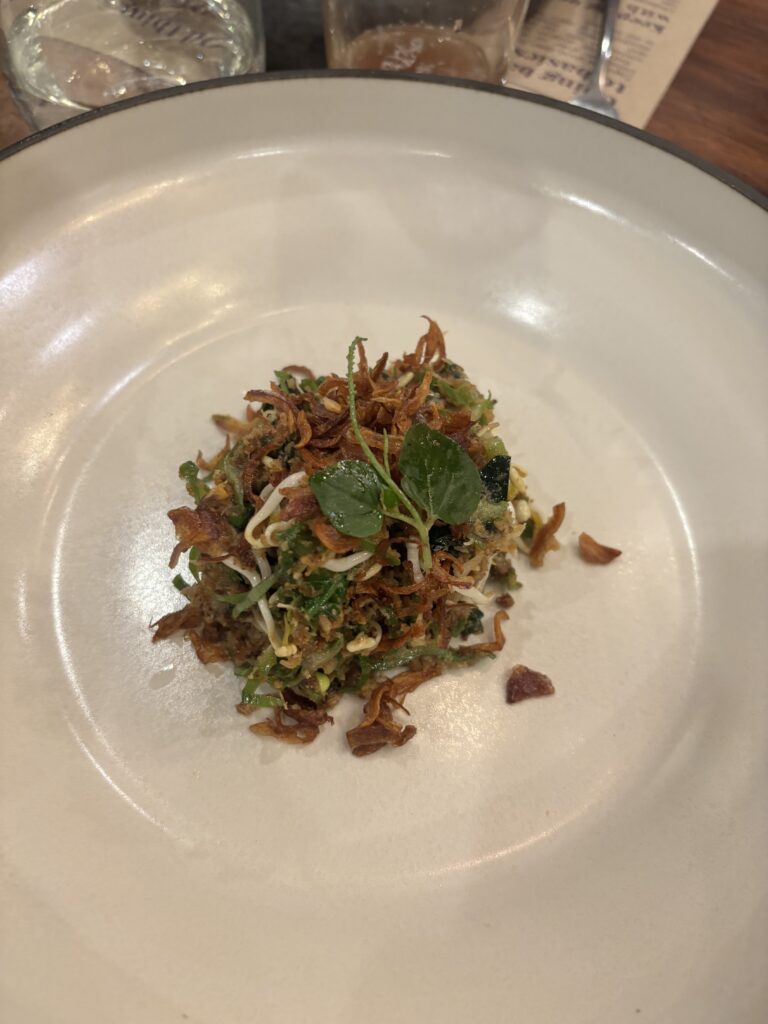
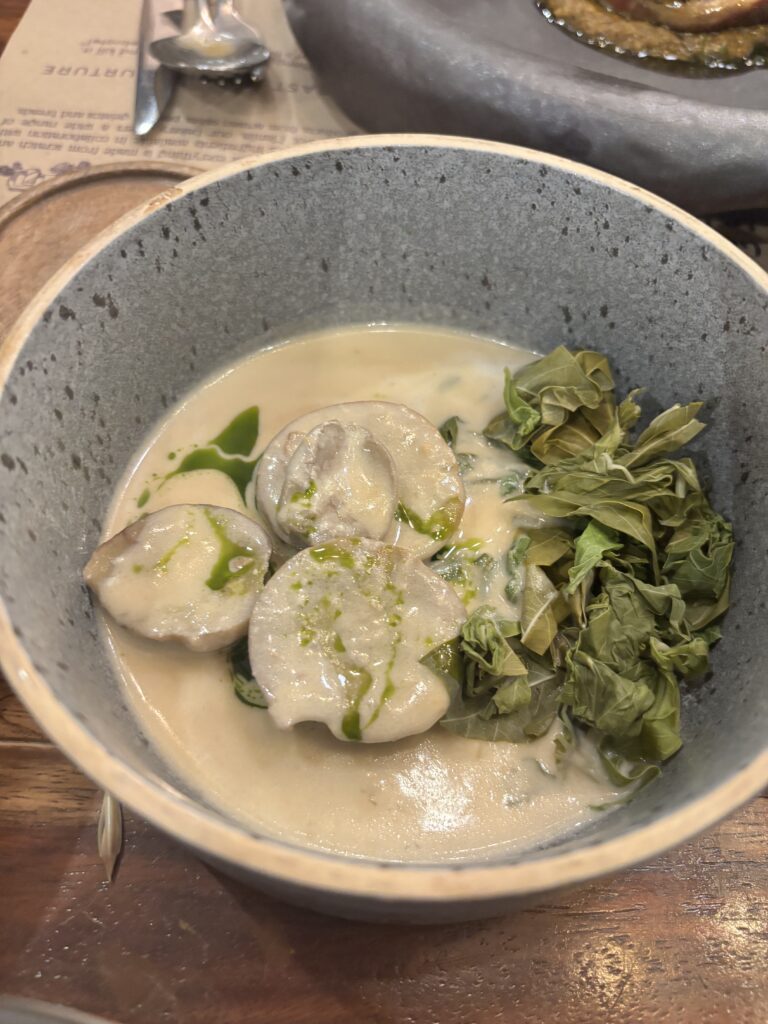
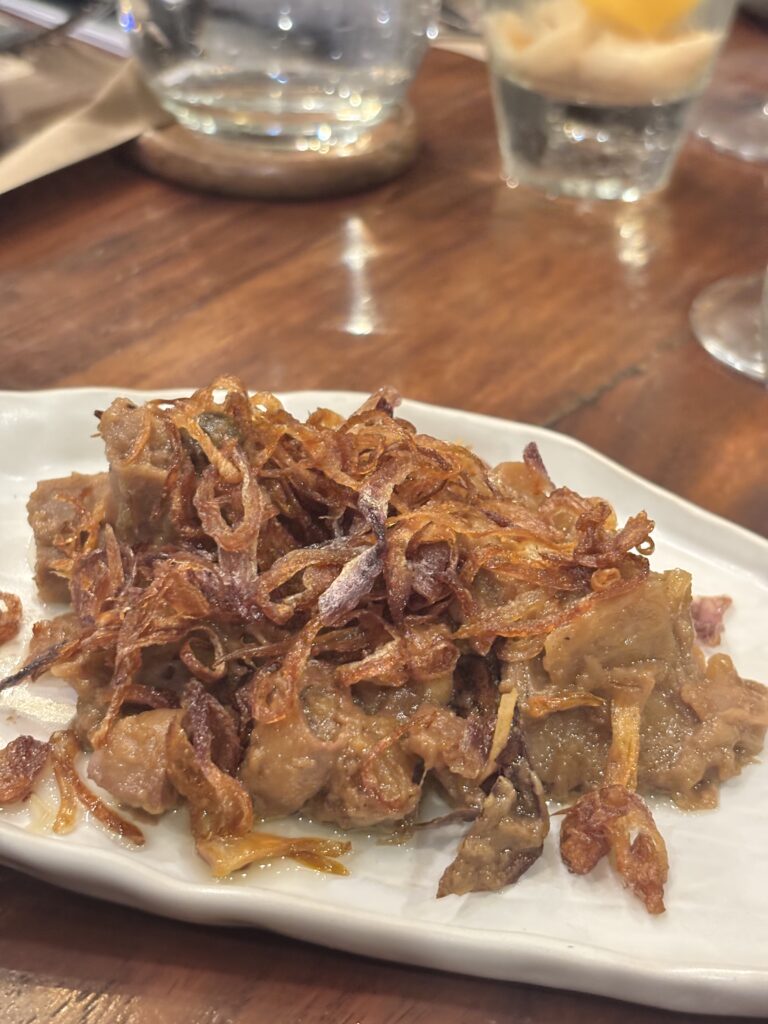
Just when we knew it’s time for dessert, chef JayJay doesn’t think so. Enter: Tres Marias. A Caviteño trio of kare-kare, adobo seca, and kilawing papaya. The kare-kare used duck, with duck fat and annatto giving it a deeper, richer flavor. The beef brisket adobo felt familiar but still stood out. The most surprising was the kilawin, with papaya mixed with ox tripe and beef pancreas. I didn’t expect to like it, but I did, and really, the combo worked.
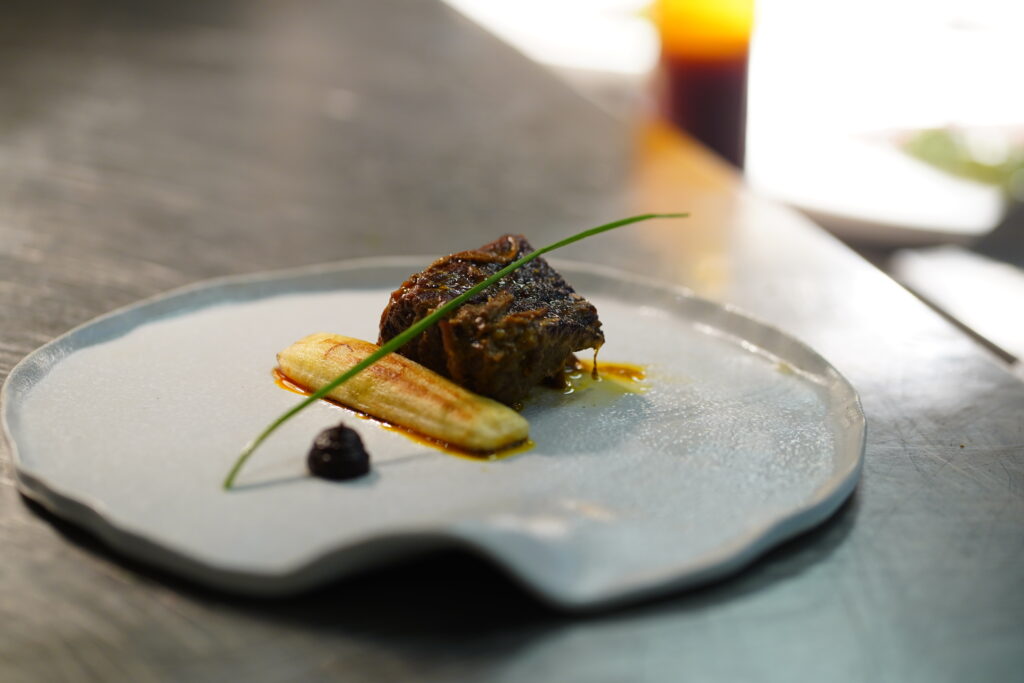
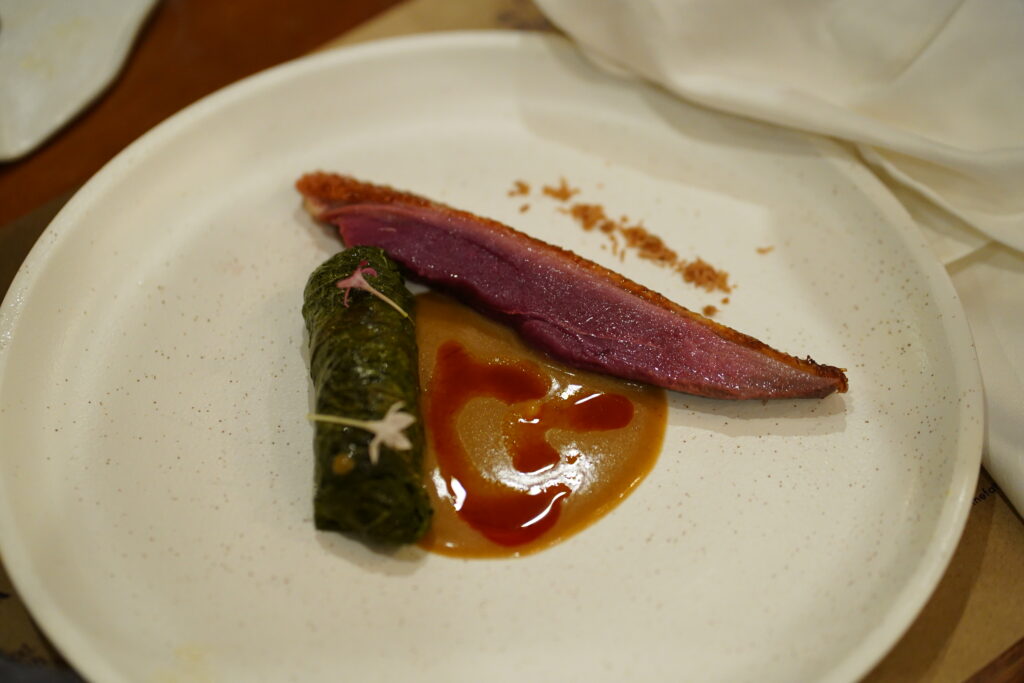
Finally, yes, came dessert: bingka, kelapa, itlog na maalat with asin tultul (a local salt from Guimaras). Made from rice, coconut, and salted egg, they were simple ingredients, but combined with so much care that they felt very nostalgic.
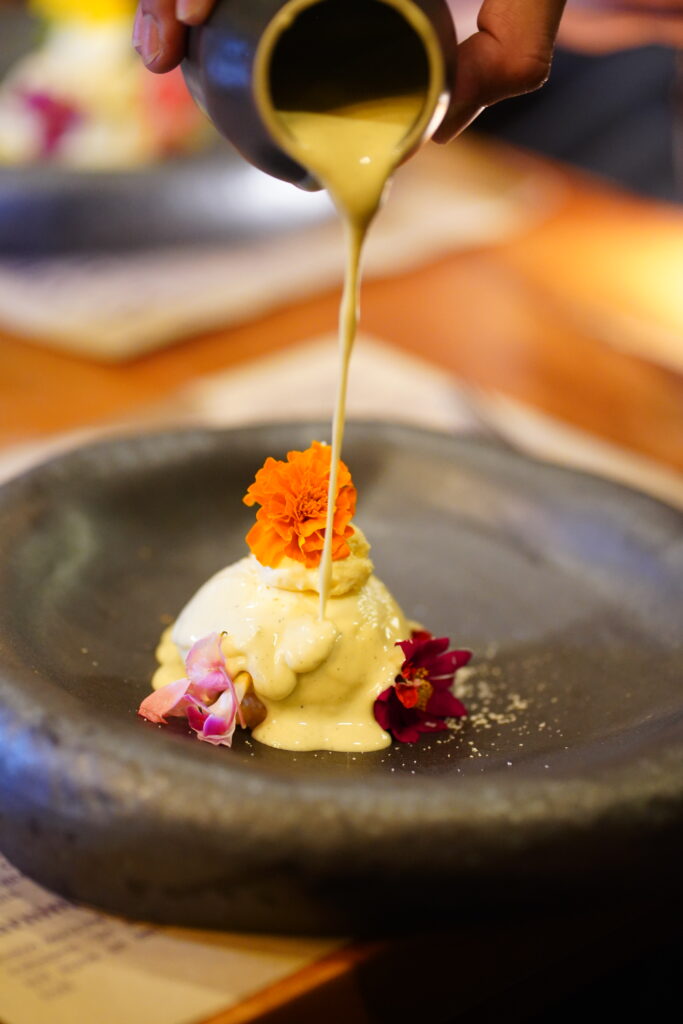
I swear I had to stand up, walk around the restaurant just to “make space” because the dishes kept on coming.
Sunday lunch at Anzani
I didn’t make it to the brunch at Samira or the final Sinta steak dinner (both were part of the official lineup), but I did get to try Anzani’s Mediterranean lunch at Ville Sommet.

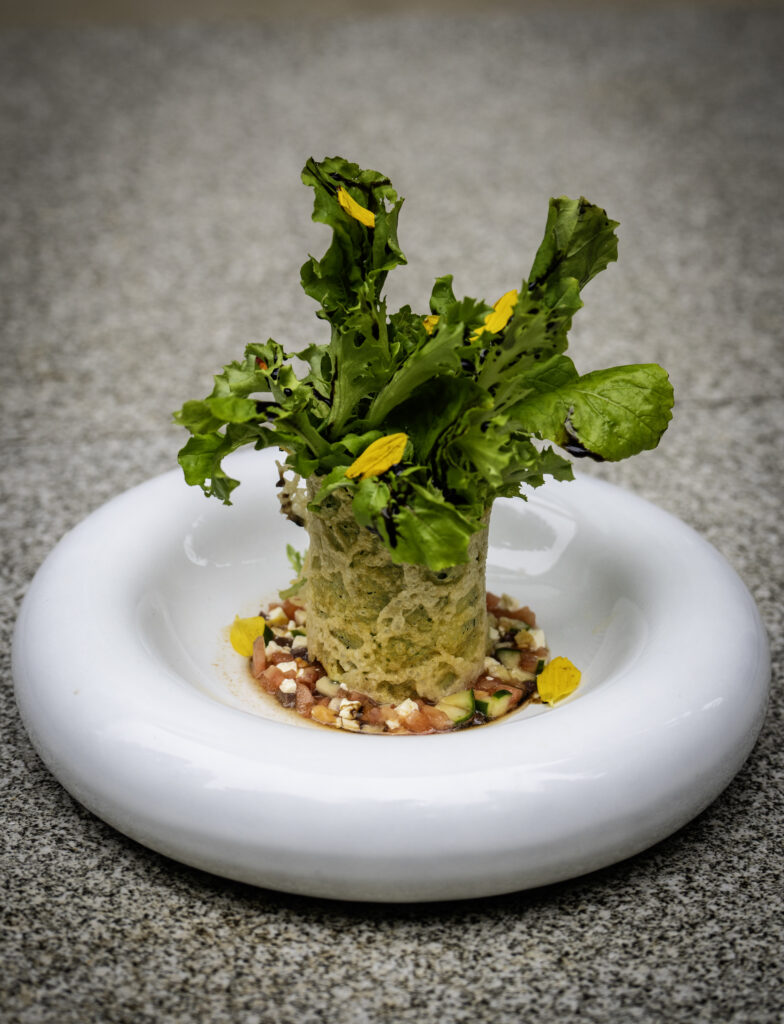
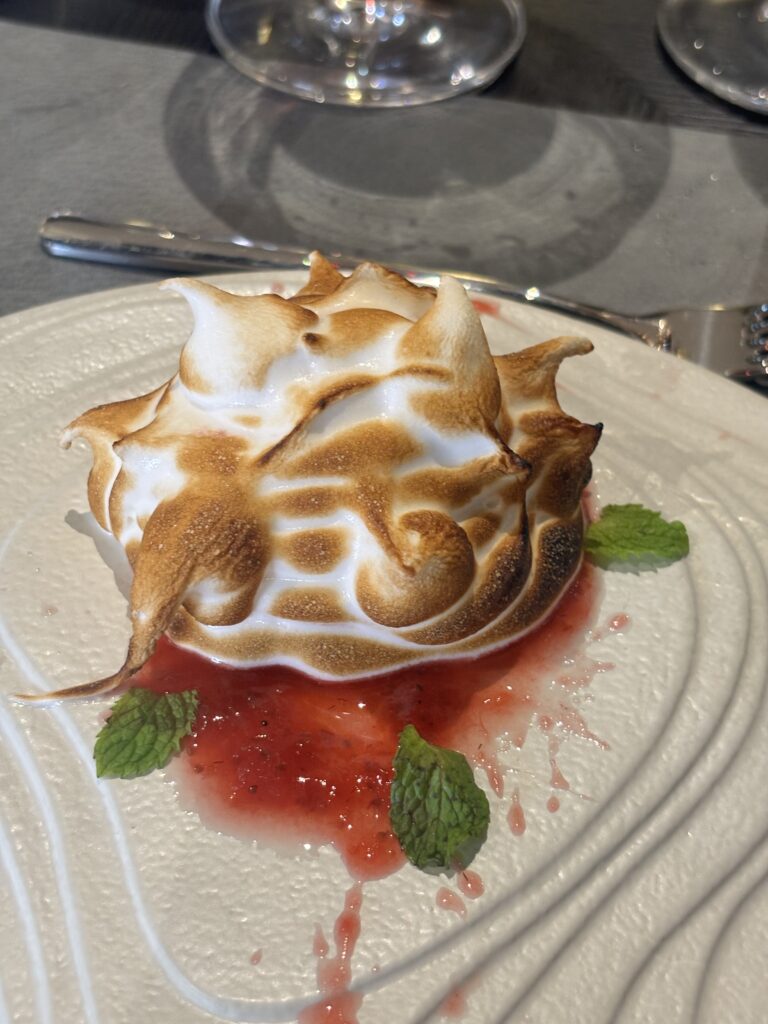
The octopus carpaccio was fresh and light, the black ink fettuccine with shrimp and crispy bacon was a favorite. I went for the salmon Wellington for my main and ended with the Anzani Bomb: vanilla sponge, torched meringue, and three kinds of ice cream wrapped inside. It felt like a reward for surviving the rain.

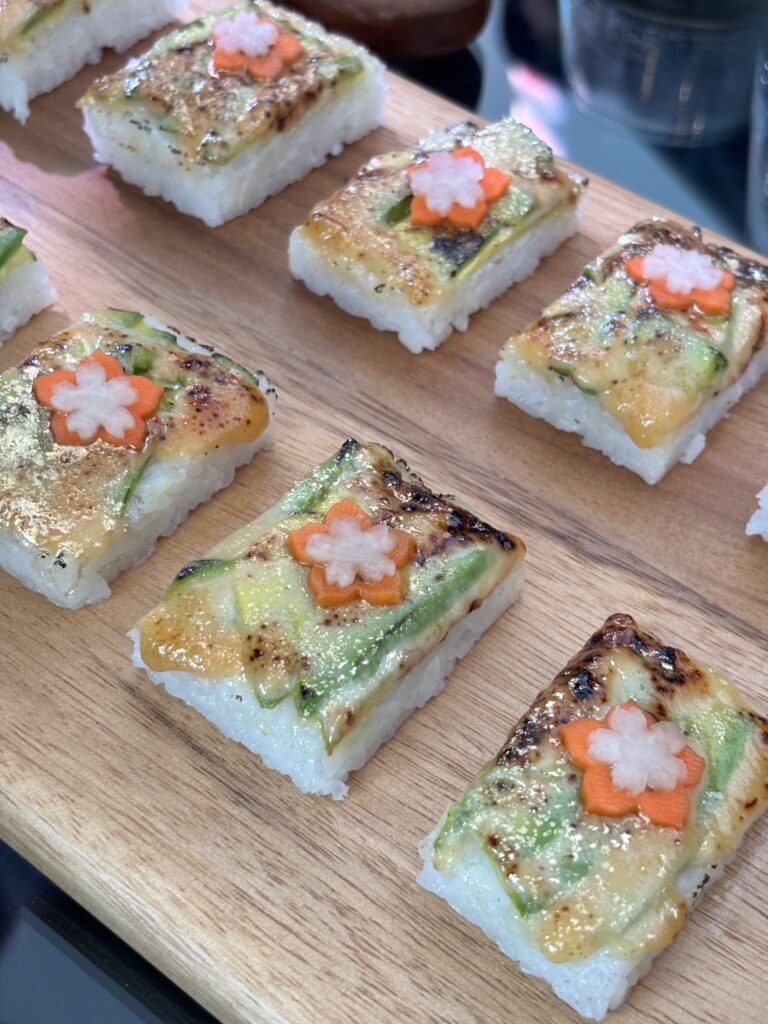
What made the lunch even better was getting to meet chef Frances Tariga of Michelin-starred Tadhana in New York. She had a side buffet with some of her award-winning sushi, including vegan rolls, aburi, and a bao slider. And I have to tell you, every bite was spot on. Special shoutout to the avocado truffle roll, that was the highlight for me.
More than a food trip
I didn’t expect to get stuck in Tagaytay for an extra night. I didn’t expect to be hauling home santol and dragonfruit for pasalubong. But I also didn’t expect to feel so full—not just from the food, but from the stories, the conversations, the care put into every dish.
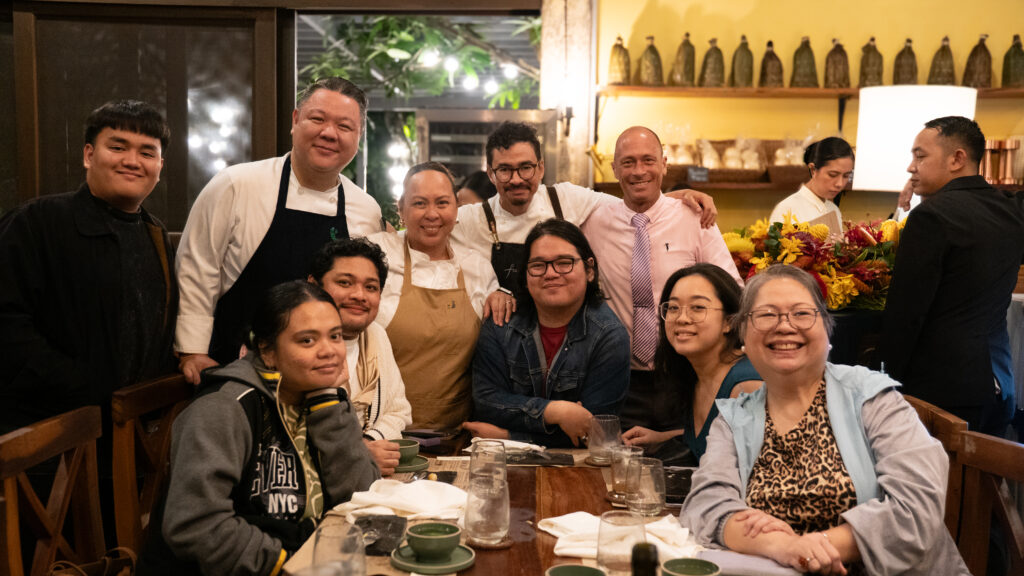
The Tagaytay Food Festival this year is about connection through food, shared tables, and even in small moments, like stopping yourself from asking for a second serving of gudeg because you’re already full but still thinking about it. It was also the way chef Fiz personally served some of the dishes himself which made the whole experience feel even more meaningful.
The festival runs until August 3, with two more events on the calendar: Kurobuta Nights on August 2 at The Fatted Calf, featuring Kurobuta meats from Esguerra Farms prepared by chefs Luis Chikiamco, Roby Goco, and the SyCips, and the Creative Bulalo Challenge at Skyranch on August 3, where young chefs will put their own twist on Tagaytay’s most iconic dish.
If next year’s festival runs again, I’m bringing a bigger bag.

